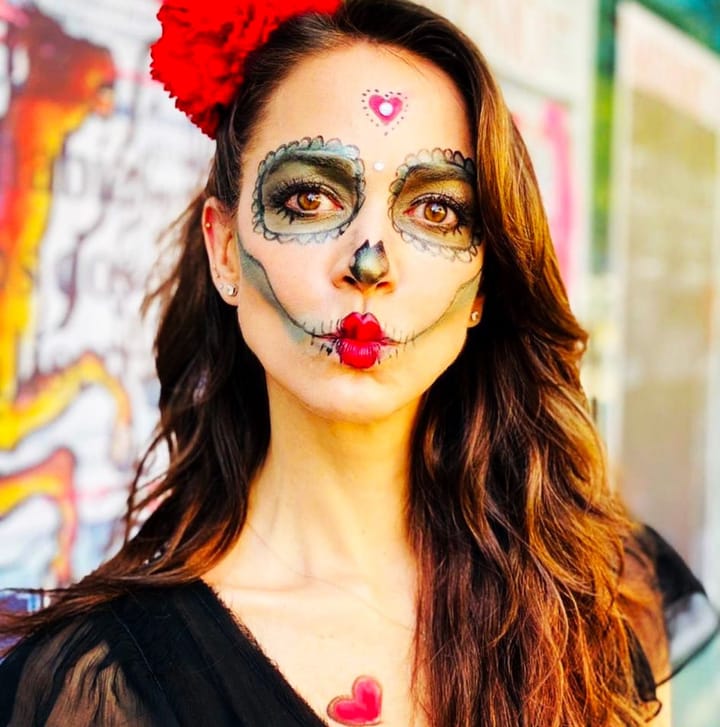Por Claudia Pérez Atamoros

Hace más de un siglo que José Guadalupe Posadas, el grabador colgó los tenis, impregnado de alcohol hasta el tuétano.
La Huesuda se lo chutó. Su cuerpo fue encontrado en una vecindad en Tepito y sepultado en la fosa común, conocida “como las tumbas de sexta clase” por su gratuidad en el panteón de Dolores . Ahí reposa junto a un montón de calacas, tilicas y flacas.
Murió solo. Nadie reclamó sus restos. Se petateó sin un centavo, en la miseria. Todo cuanto ganó se lo gastó entre pulques y aguamieles. Le tupió a la beberecua porque a su hijo La Chirrifusca se lo escabechó. Y aprovechando el viaje, La Panteonera también jaló a su mujer.
La Catrina, su obra más reconocida, fue bautizada así por Diego Rivera un montón de años más tarde. En realidad, José Guadalupe Posadas la llamó La Garbancera. La Flaca no le permitió verla publicada. Con tanto que le gustaba el alipús, La Tiznada se lo cargó. Lo clavó en el pozo, ya sin gozo.
Pocos o ninguno como él. En estas fechas y siempre, su producción calaverística le sigue mostrando sus dientes al mundo. Ahí sí que La Bien Amada, se la bailó.
El primer registro de su trabajo data de 1871 en El Jicote. Ya para 1886 en El Hijo del Ahuizote se daba vuelo con sus calaveras. En 1888, un periodista de Juventud Literaria predice que Posadas será “el primer gran caricaturista y dibujante de México”. Y así fue y es. A La Tilica, se la chingó. Él se inmortalizó.
Pocos logran darle jaque mate a La Parca, pero Posadas sí se la atoró. En 1900, el chusmerío lo mató. Varias esquelas aparecieron publicadas dando el pésame, ¡a saber a quién!, porque Posadas seguía vivito y coleando, y reharto chupando. La mismísima Madre Matiana ya nomás lo andaba rondando.
Pasaron de sopetón 13 años más y entonces sí La Huesuda se lo cargó al panteón.
Las calaveras de Posadas son épicas, sus grabados son perfectos. Las panaderías, antaño, las pintaban en sus ventanales de un jalón. Las calaveritas de hoy son para el mexicano sarcasmo de a montón. Y con el pan de muerto todo el mundo se da el atracón.
En nuestro país, La Muerte es un festín; también festiva tradición. La Calaca está de fiesta, pasa la guadaña con verdadera precisión, diría hasta obsesión. Palidece la nación. Todo vuelve a dar terror. La violencia resplandece. Se siembran cadáveres y se escriben calaveritas. Es ironía. Es La Muerte vestida de horror.
Las opiniones expresadas son responsabilidad de sus autoras y son absolutamente independientes a la postura y línea editorial de Opinión 51.






Comments ()